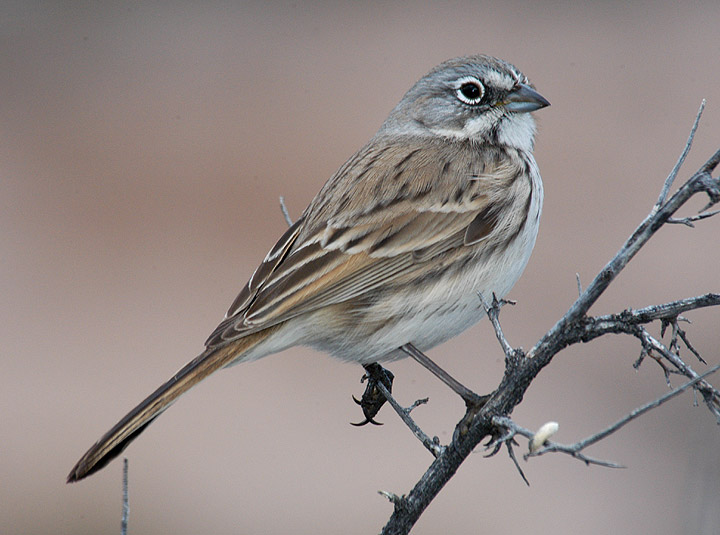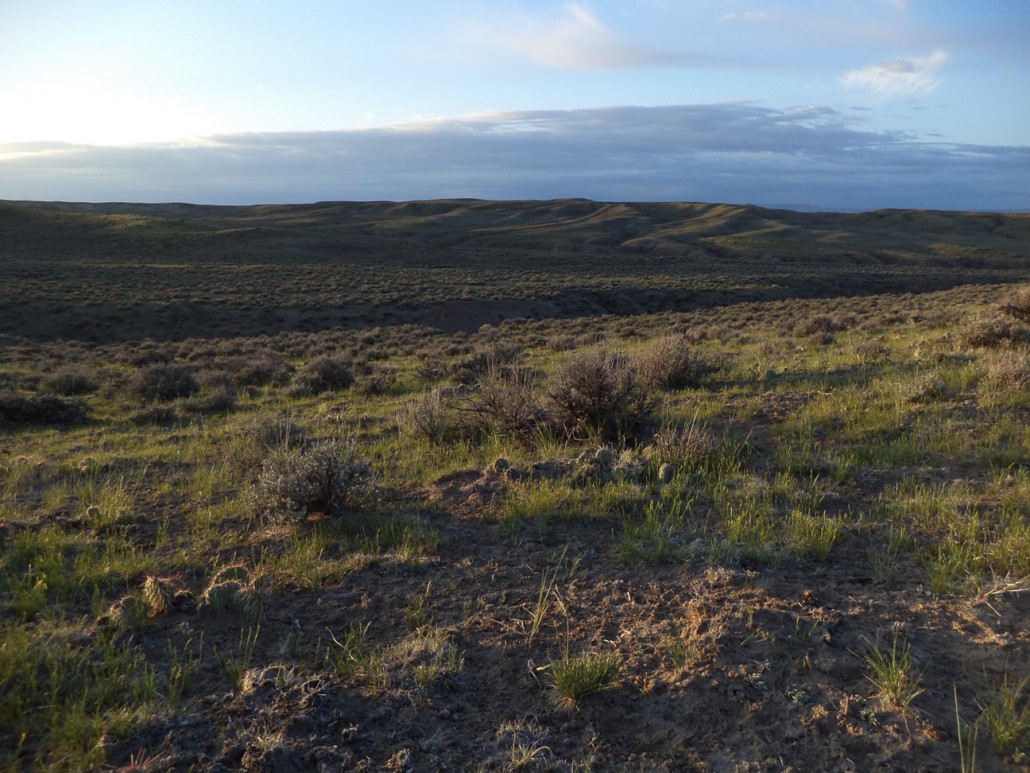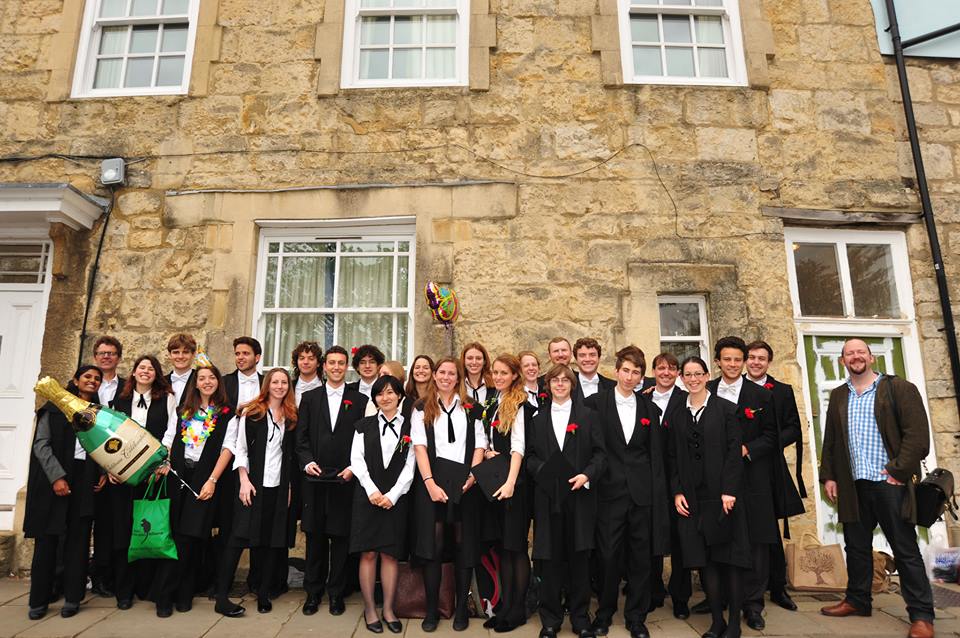As an undergraduate student, I became fascinated with molecular neuroscience and spent the better part of four years staring through a microscope. However, during that time, my deep-seated interest in conservation kept bubbling back to the surface and a study abroad semester in Tanzania sealed the deal. By the time graduation rolled around, I was trying to figure out how to switch gears.
Graduate school seemed like the obvious next step, but I felt that first I had to build my conservation resume. I began applying to and completing various conservation-related internships involving fieldwork and data analysis. Every new experience seemed to validate my decision of switching focus from the molecular to the ecological, and soon I was feeling ready to apply to graduate programs. Around that time, I was offered a point counter position with Rocky Mountain Bird Observatory (RMBO). The job sounded great and I was really impressed with the organization, but I realized the work would put me out of Internet range when I would need to be submitting graduate school applications. So, with some reluctance, I declined the offer and started working on an invasive insect project instead.
Shortly thereafter, I was excited to find out that I had been accepted into Oxford University’s Master of Science program in Biodiversity, Conservation and Management. Oxford provided a spectacular environment in which to study. The academic and historic feel of the place is palpable just in walking down the street, and the professors brought such an engaging and nuanced character to their lectures that burying oneself in the course material was irresistible. Studying such a complex and interdisciplinary subject as conservation in a classroom full of students from across the globe was one of the greatest experiences of my life.
As the time came to start thinking about research topics for my dissertation, the RMBO’s work kept popping into my head. I soon contacted the organization to see if anyone there would be interested in collaborating with a graduate student. After a few transcontinental Skype calls with Nick Van Lanen and David Pavlacky, we had a project off the ground and running. It involved using data collected under the Integrated Monitoring in Bird Conservation Regions program to ascertain the impacts of natural gas well pads and their associated roads on the distribution of sagebrush-obligate songbirds at a study site in central Wyoming. Nick and David were incredibly helpful in the process of applying what I had learned in my program to a real-life study and in grappling with the statistical models required to answer our ecological questions.

Sagebrush Sparrow is a sagebrush-obligate songbird investigated in the study. Photo by Bill Schmoker.

An unbroken landscape of sagebrush, cactus and rolling hills exists within an undeveloped portion of the Atlantic Rim, the landscape investigated in the study.

The author and his 2013 graduating class at Oxford University pose for a picture following their last exam. The author’s supervisor, Dr. Richard Grenyer, is on the far right.

The author shakes hands with then-vice chancellor at Oxford University during the author’s graduation.
Recently, along with my Oxford supervisor Dr. Richard Grenyer, Nick, David and I were able to publish the study in the journal Ecological Applications. We hope our main finding, that it is the density of road networks that most negatively impacted songbirds at our study site, will be helpful to land managers working under a multiple-use mandate.
~ Max Mutter, Wilderness Fellow, U.S. Fish & Wildlife Service


